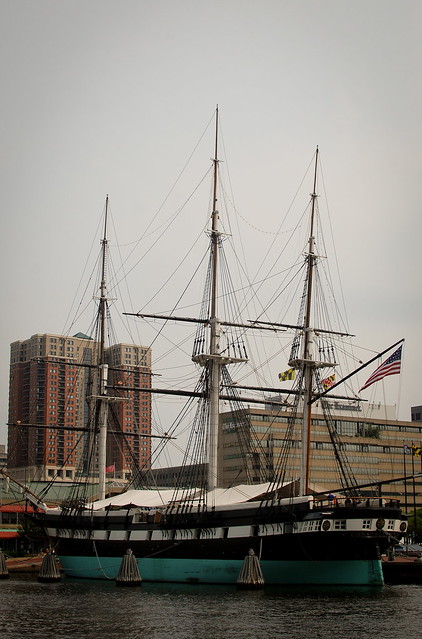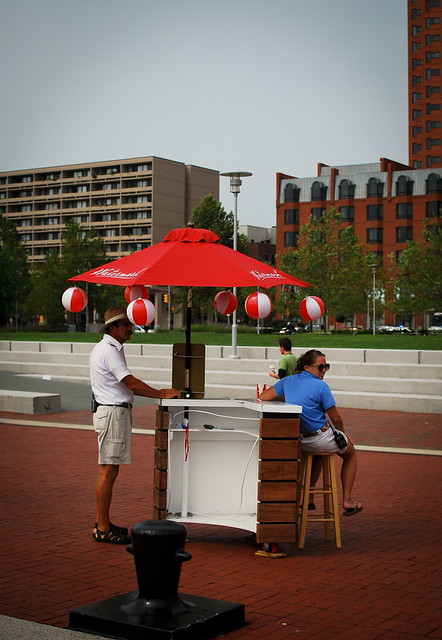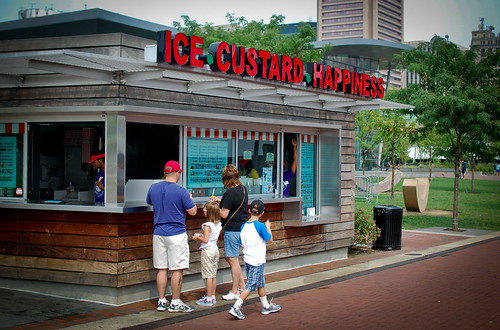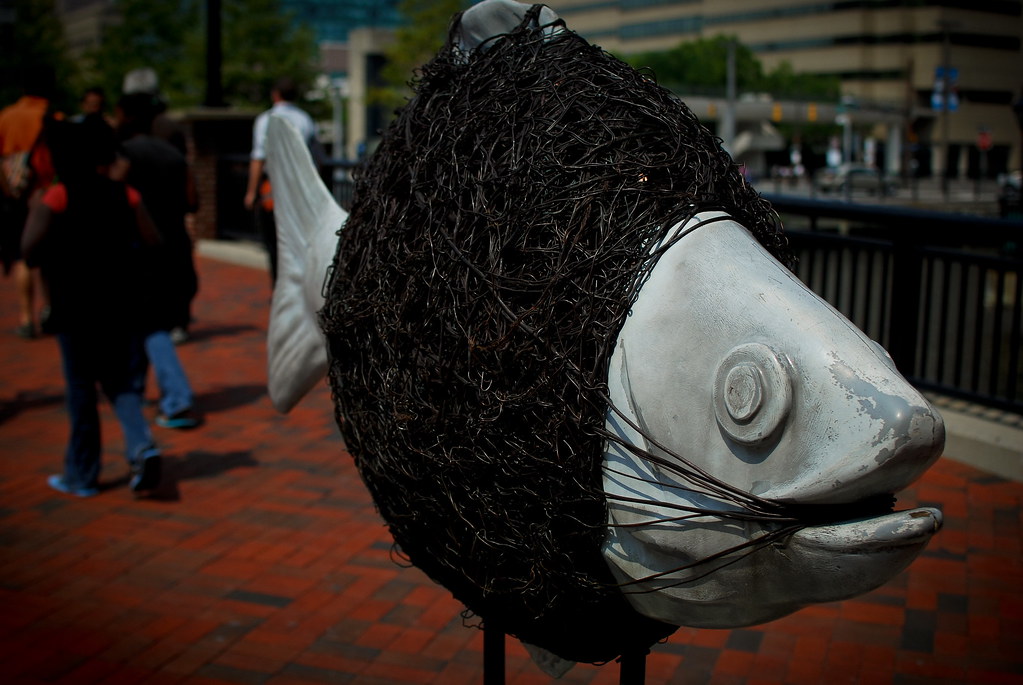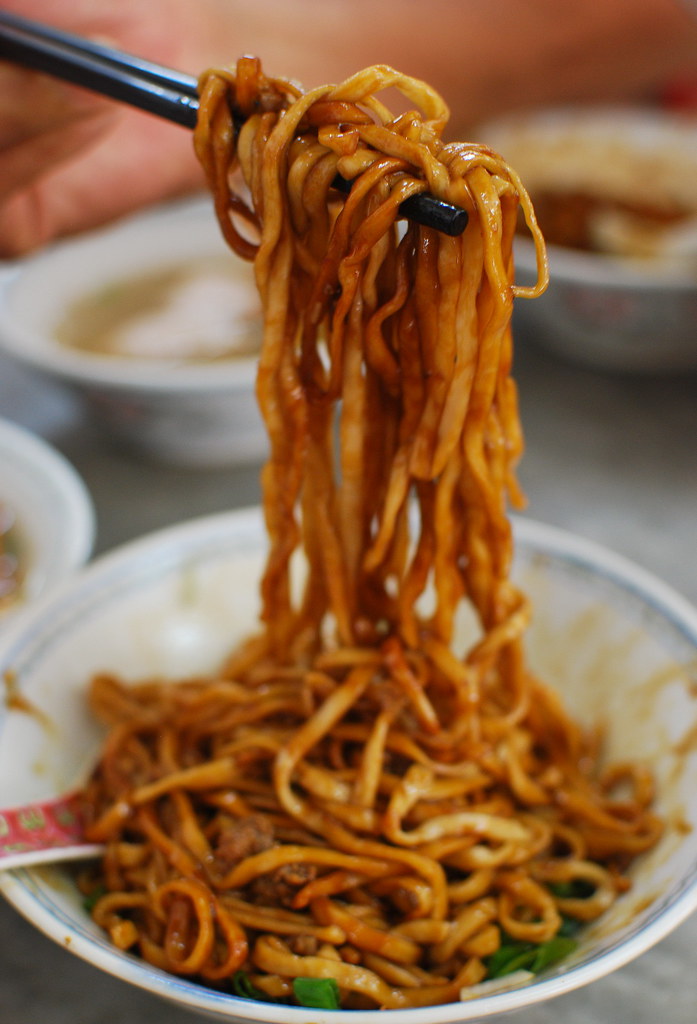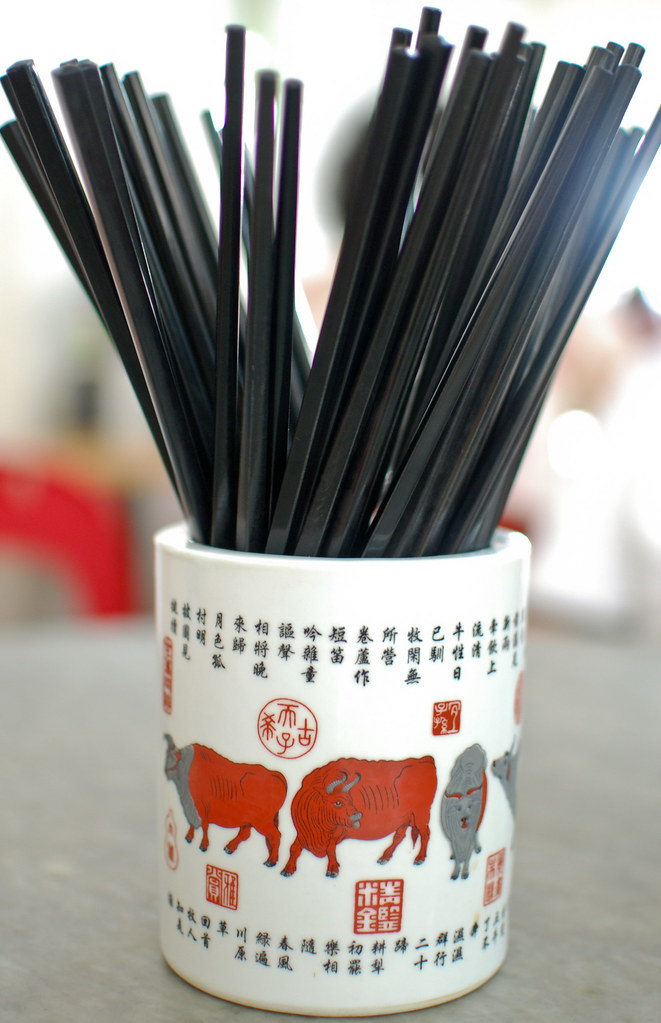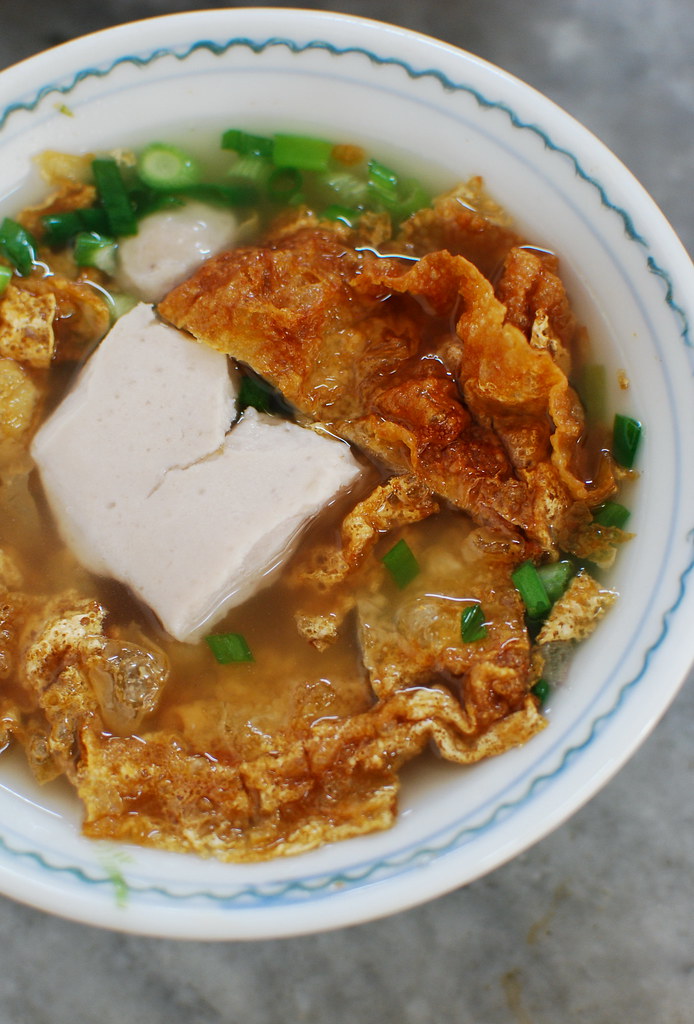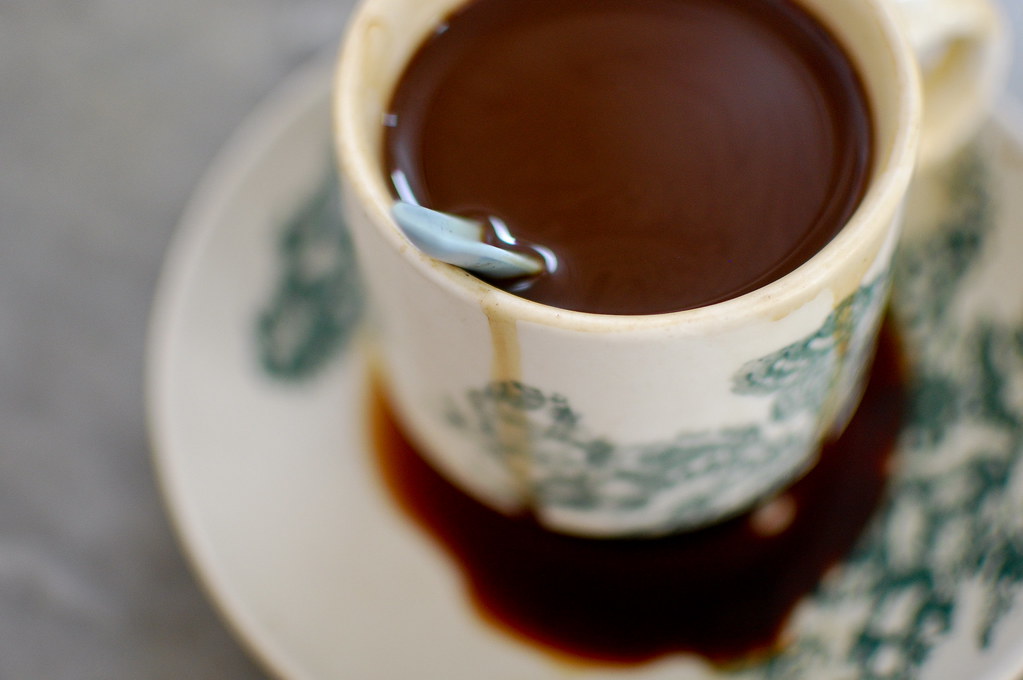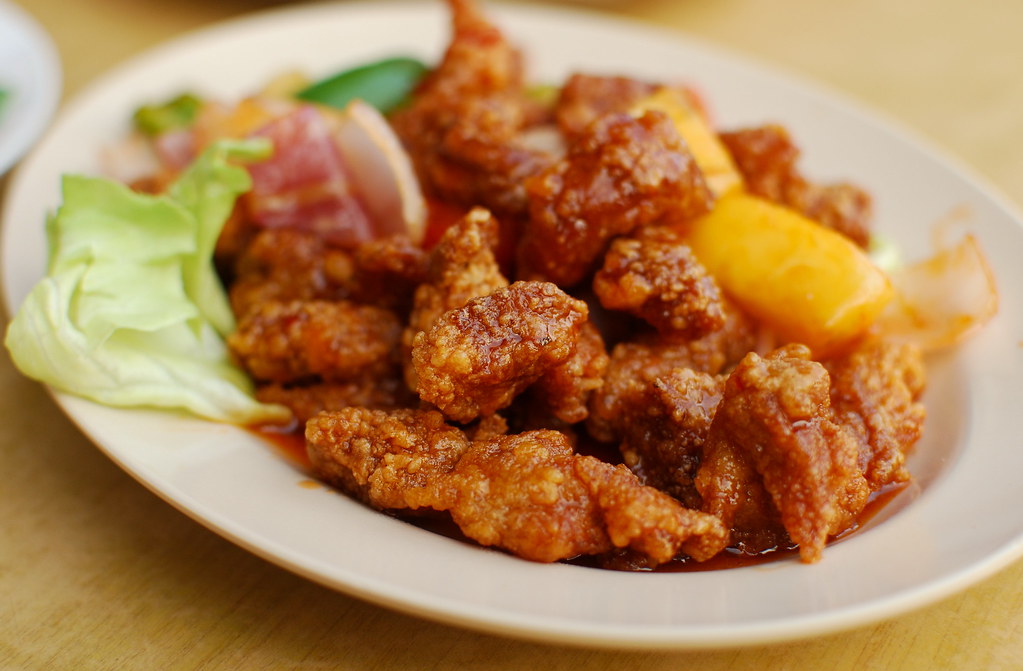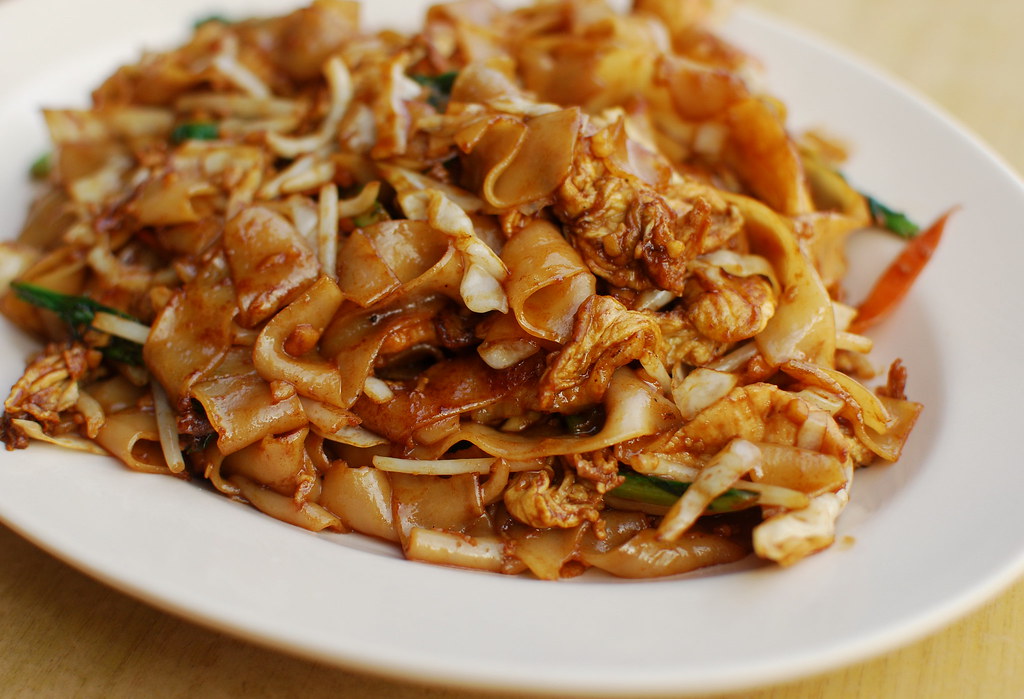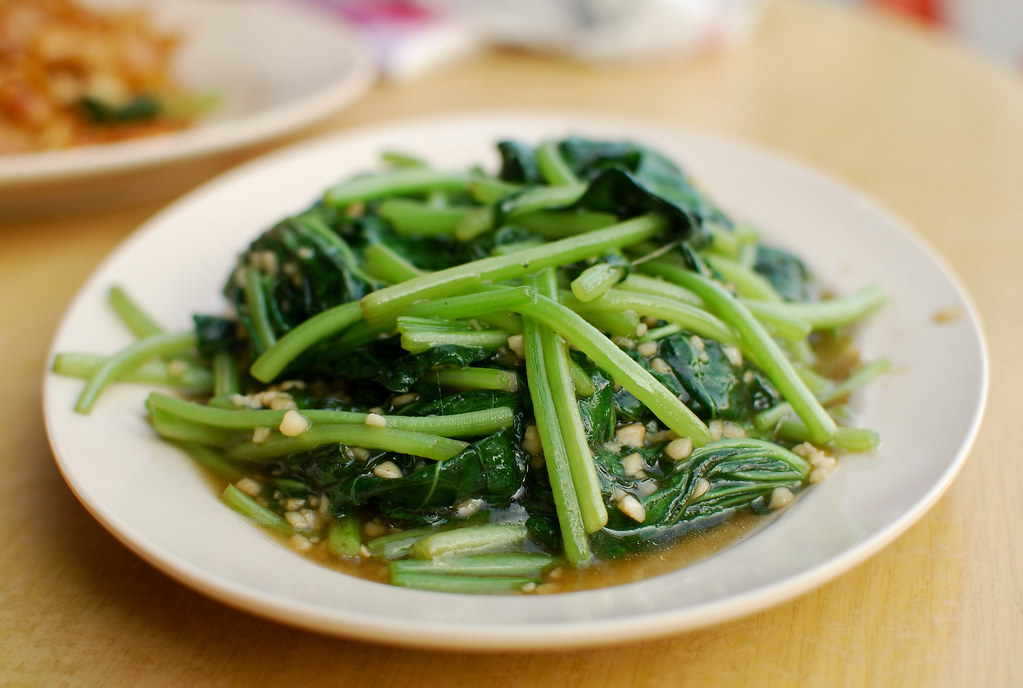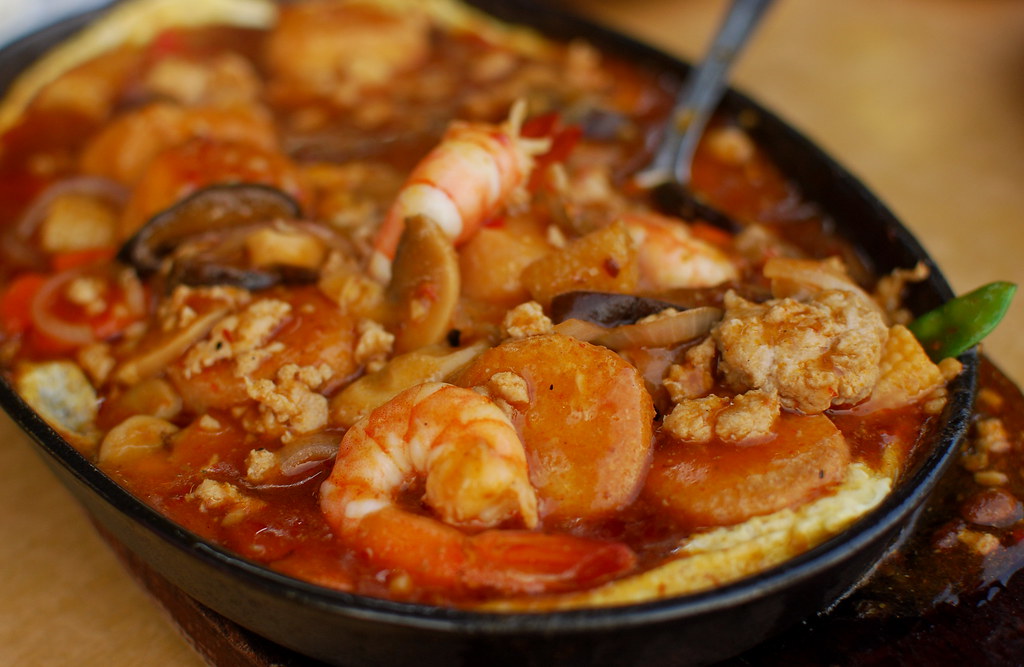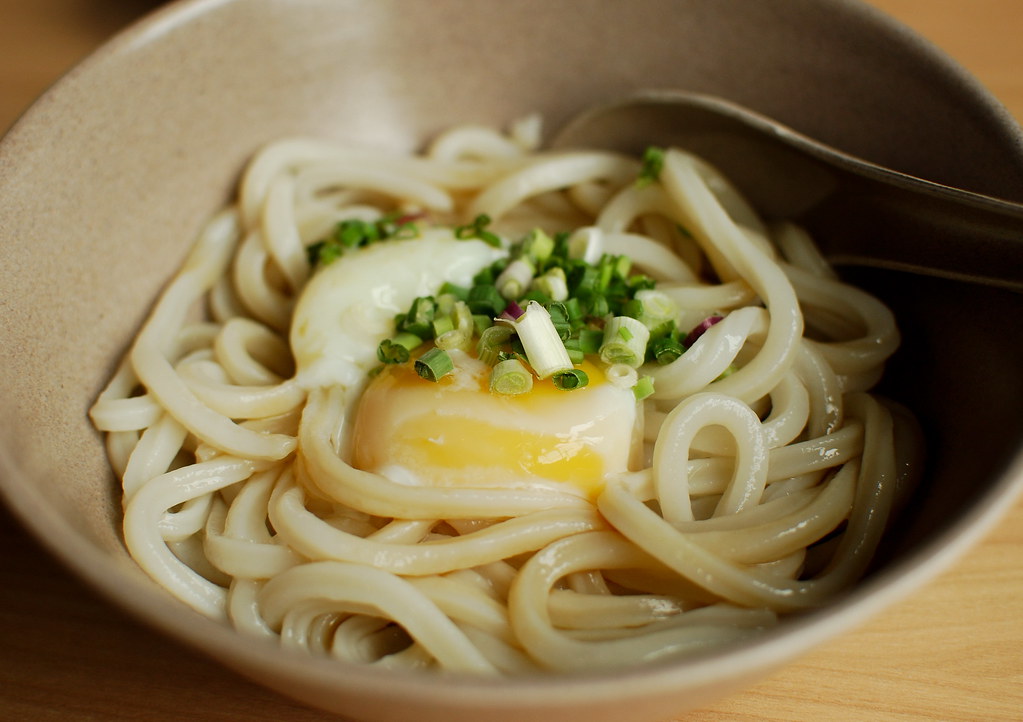
2003 was exceptional. It was the year I stayed in Japan for work. During the long breaks, I would travel to different parts of the Honshu island. These exciting trips don't come cheap, of course. Nothing's cheap in Japan, anyway. To ensure that I have enough money to travel, I've devised a plan - economical lunches at work.

Unlike other colleagues, my lunch at the canteen cost a mere 600 yen. Yet, they were filling and rather decent. There were no fancy sides like hijiki or edamame or fried tofu; just a plate of plain curry rice and some udon. In the summer, udon was served cold and topped with chopped scallion and fried tempura bits. During the cold winter days, they came with piping hot shoyu broth and a slice or two of surimi-based ingredients.
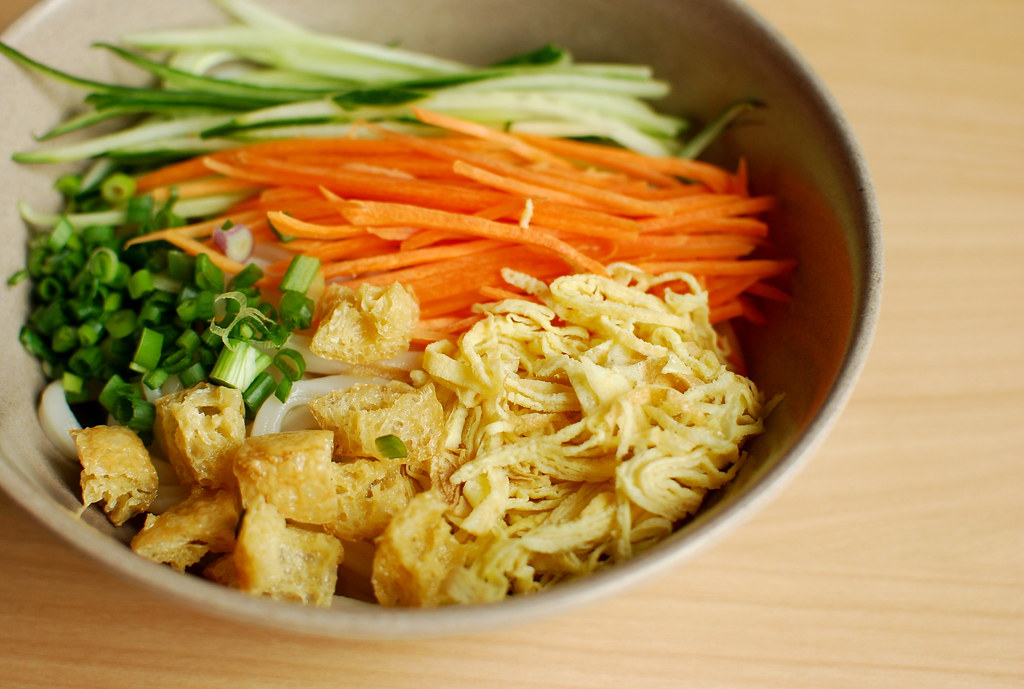
Udons come from many different prefectures in Japan. The Sanuki type (from Kagawa) is probably one of the more familiar ones to us in this region. My favourite is the slithery, thin Inaniwa from Akita, which unfortunately is only available at more well-established Japanese restaurants.
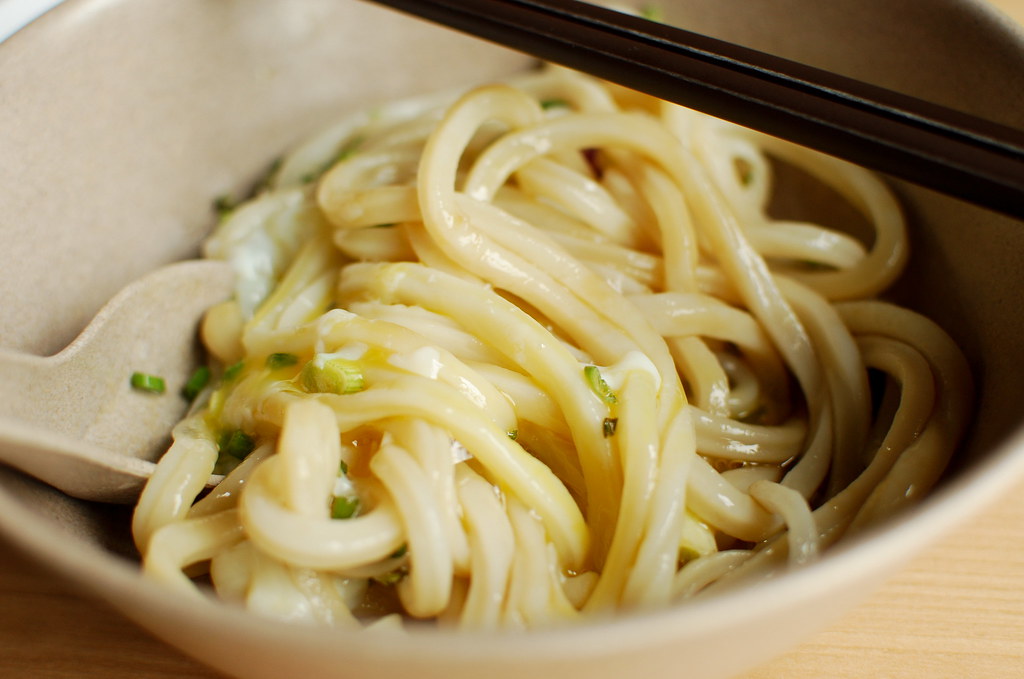
I try not to pay too much for noodles like udon because I feel that it's something that I can make at home. Just throw in some bonito flakes and konbu into a pot of hot water and a stock's ready in minutes. The zaru version is even easier to make! And that is why I like Marufuku.
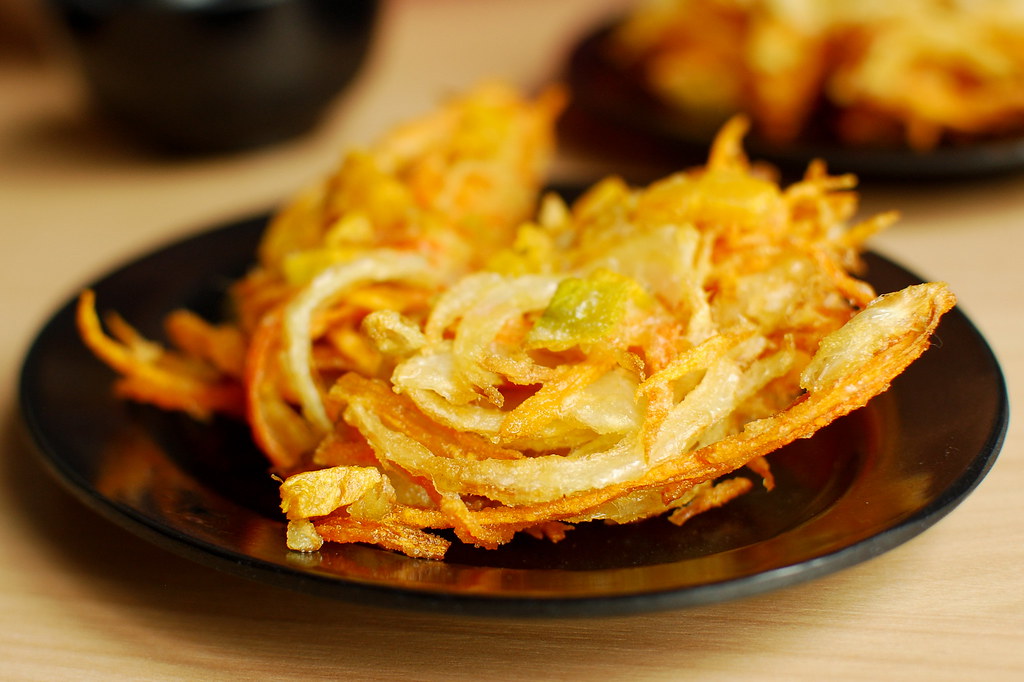
The menu has an element of fusion in it. Okay, so fusion may be too controversial a word, especially in terms of food. Integration then. Instead of chikuwa or crabsticks (shudders) or Hello Kitty-shaped kamaboko (faints), local ingredients like wanton and taufupok (fried beancurd skin) are used. If you ask me, blanched mustard greens sound more practical in udons than to be served with chee cheong fan (flat rice skin rolls) in those fancy dim sum restaurants. A cha (zha) cheong (minced meat stew with vegetables and fermented soy bean paste) topping should work too, and I believe is a hit with the local tastebuds.
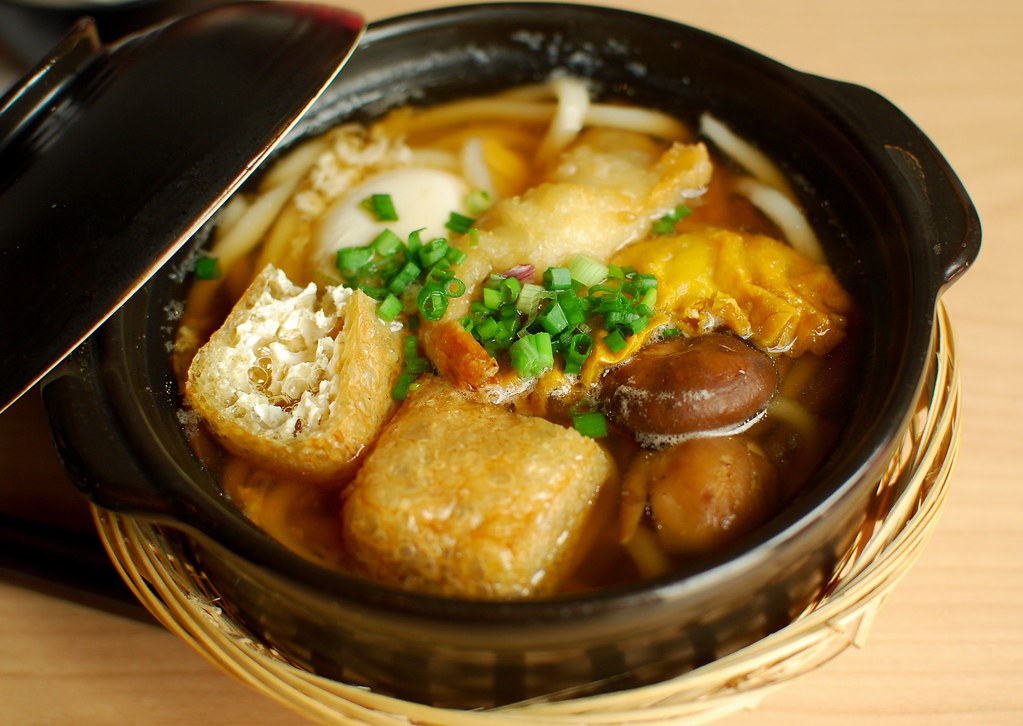
For lunch that afternoon, we had the House Special, Curry, Salada and Nabeyaki (Claypot) Udon, along with sides like Kakiage - both the original and pumpkin versions. I should also note that green tea is refillable here. The House Special had the udon pre-mixed with soy sauce and when combined with the broken poached egg, was nice. The curry version came with lots of ingredients like minced meat, onions and diced carrot. Personally, I would have liked the curry sauce more robust in taste, and with a thicker, stickier texture. The ensemble of local ingredients used in the Salada (salad in Japanese) reminded me of a rojak, which is original and interesting. The sesame dressing was not as sweet as those bottled ones sold at the supermarkets, so that's good. Instead of the usual claypot yee mee or chicken rice, give the Nabeyaki a try. For the same price at some foodcourts, this is a refreshing change. A kakiage should be light and not overly soaked in oil. Marufuku's a good reference.
I had 2.5 bowls of udon at Marufuku that afternoon. That says a lot, doesn't it?

On a different note, I'm rediscovering Jaya One. Besides Marufuku, there's also a cafe at another block called The Bee, which looks rather pretty. With delicious cakes (I can be certain of that), ice cream from The Last Polka and a good crowd, I think I'll be visiting again. Soon.
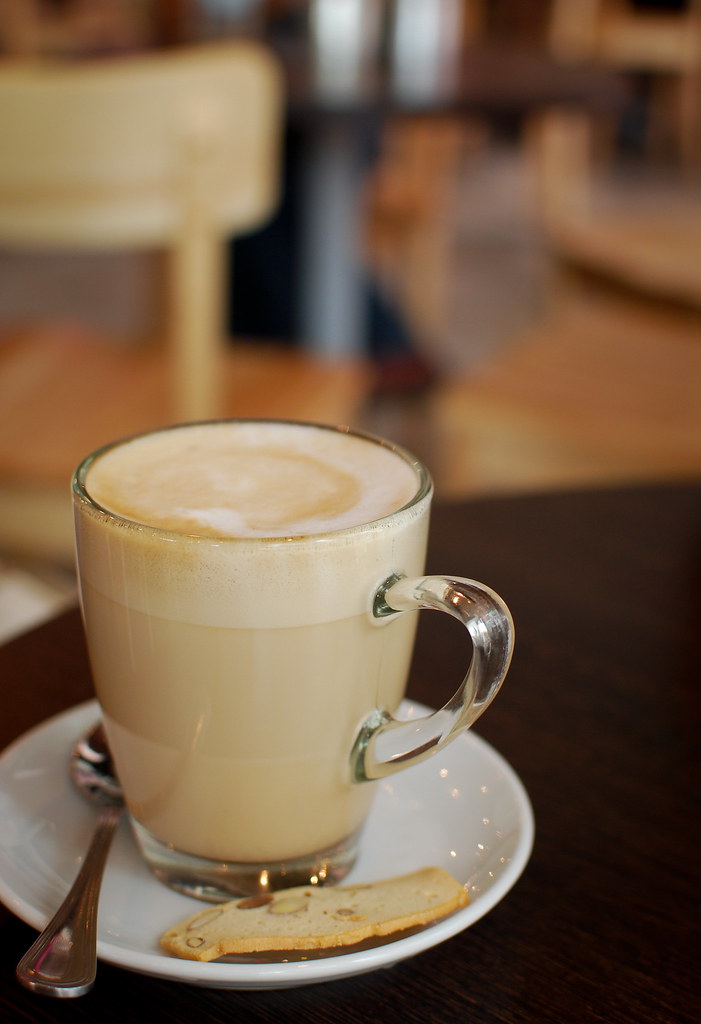
Marufuku Udon
Blk L, Unit 18, Level G, Phase 1
Jaya One
Tel: (+603) 7957 6368
The Bee
Blk K, Unit 2A, Level G, Phase 1
Jaya One
Tel: (+603) 7960 1557


